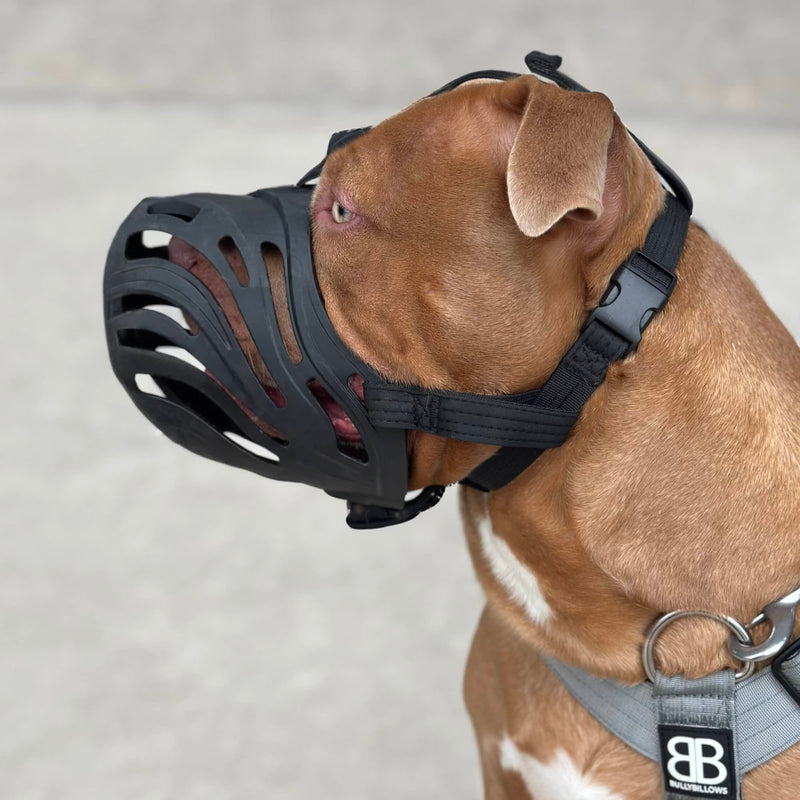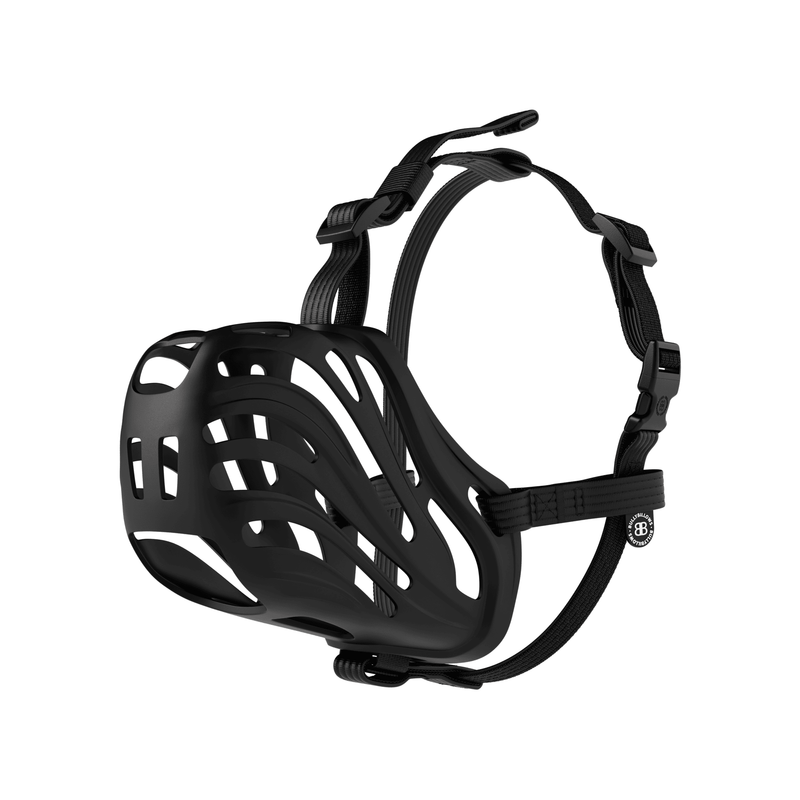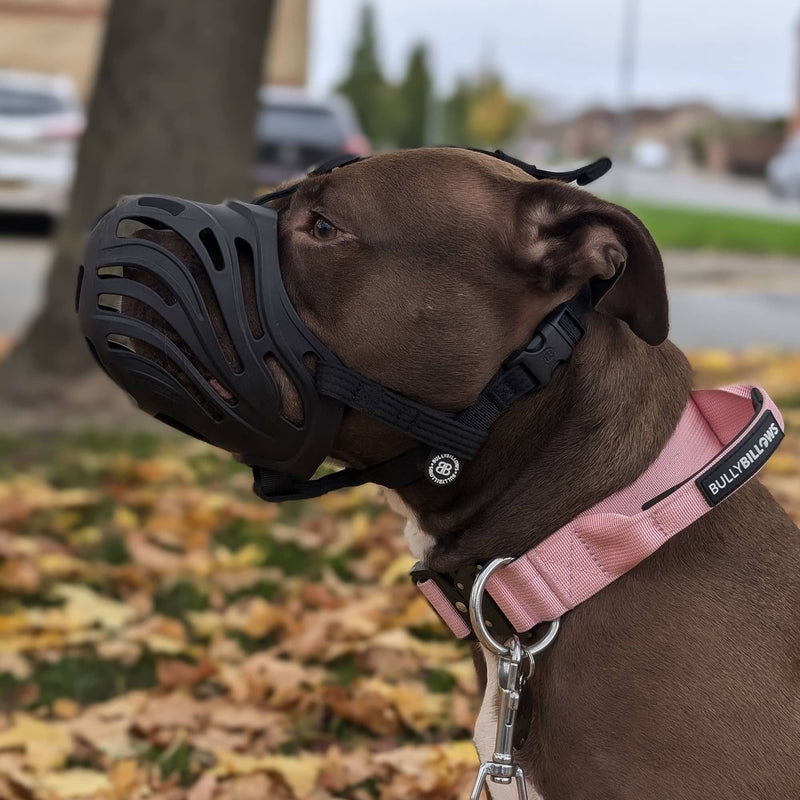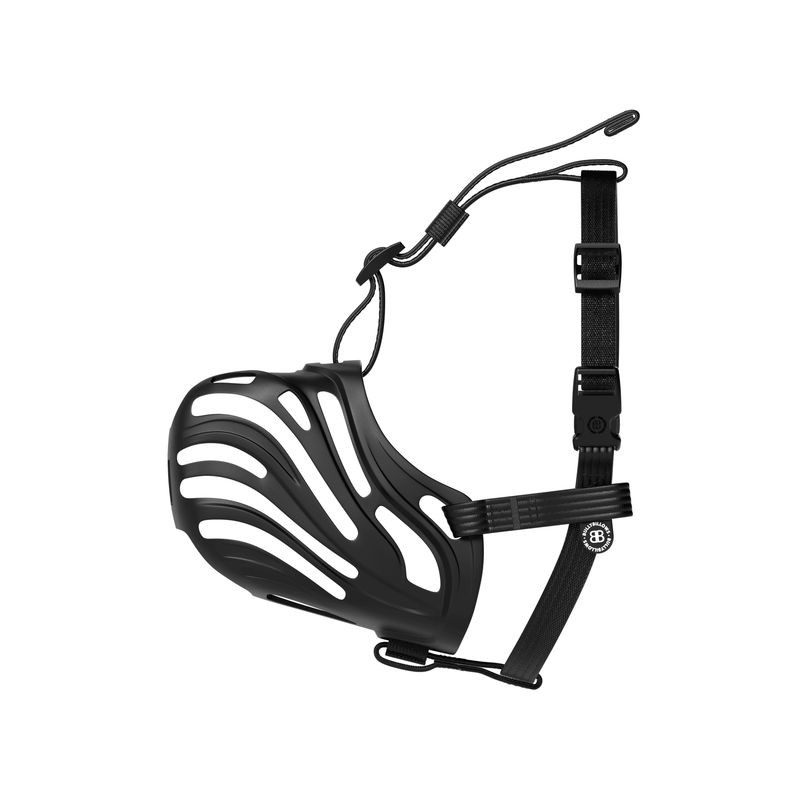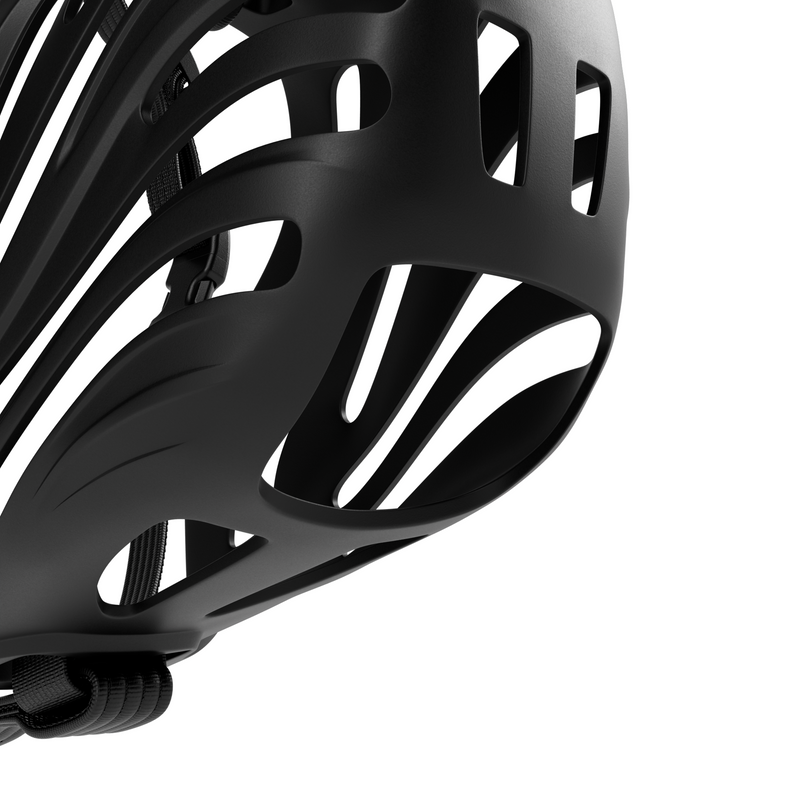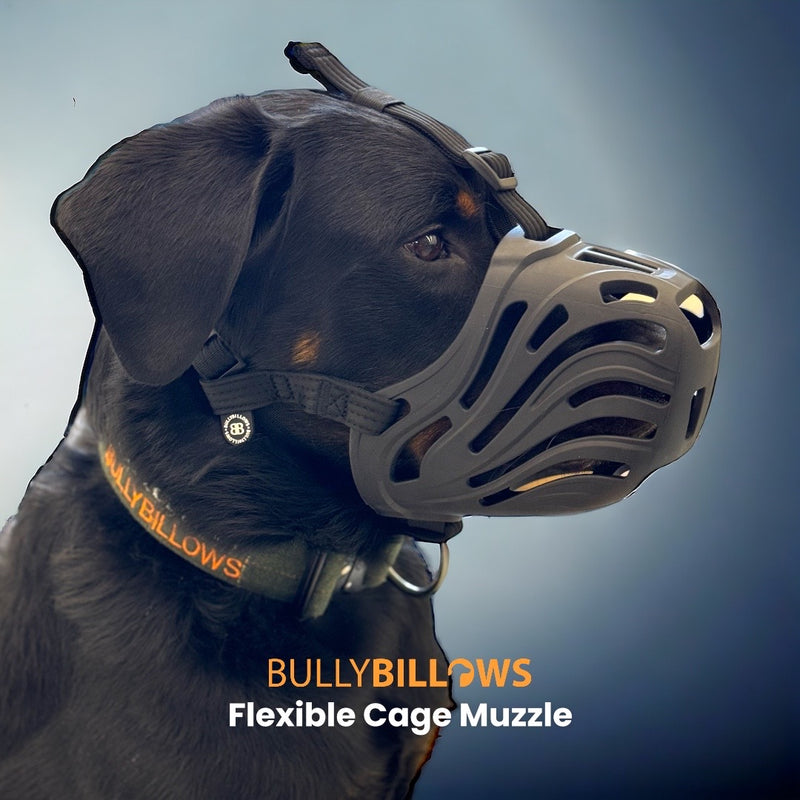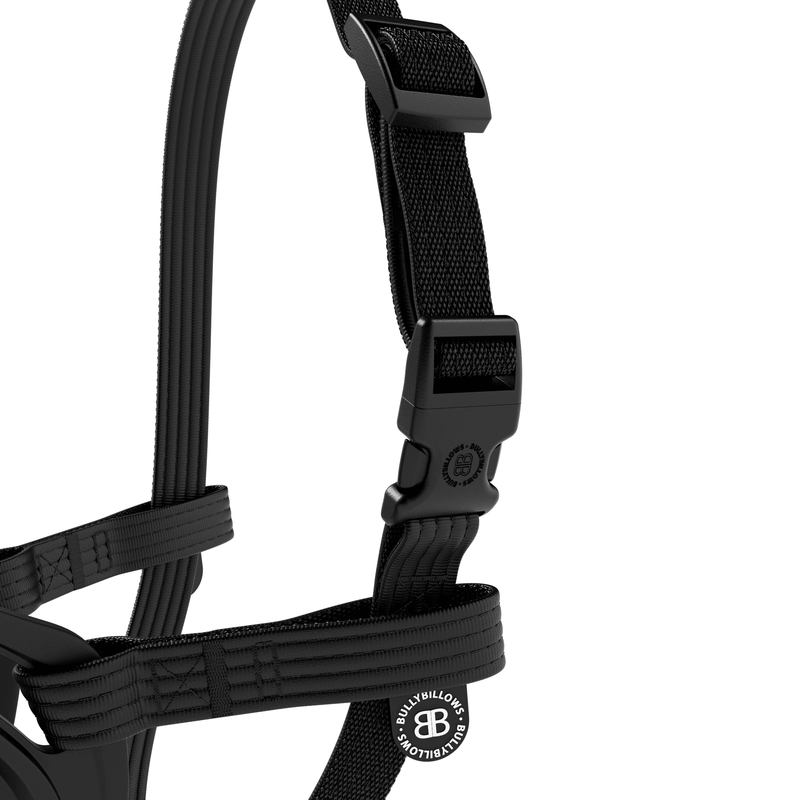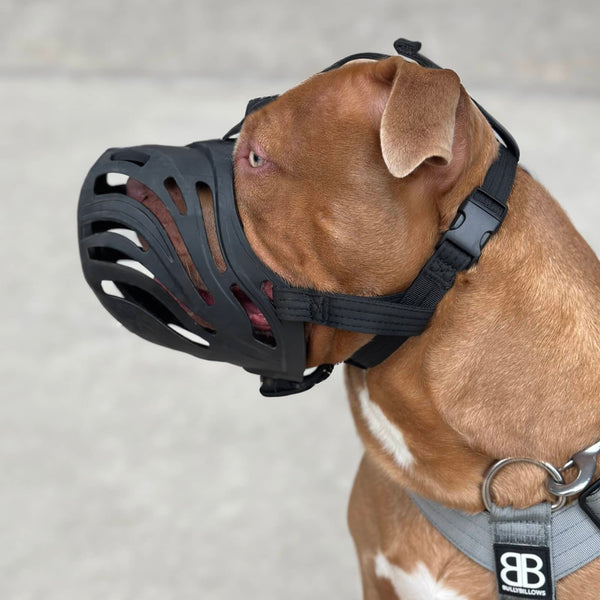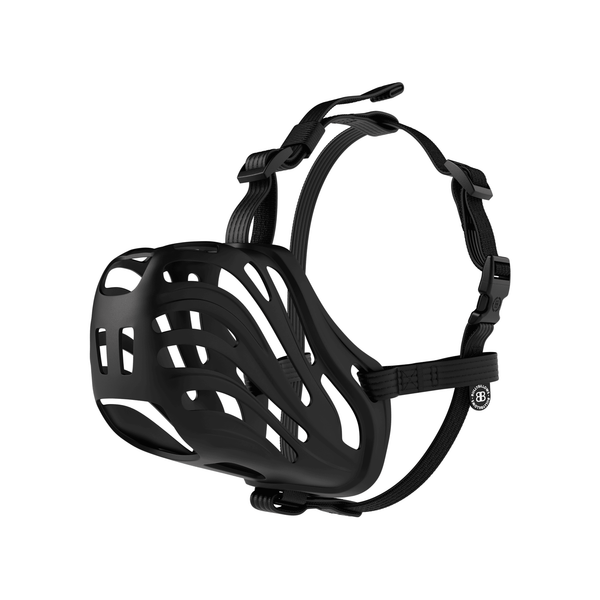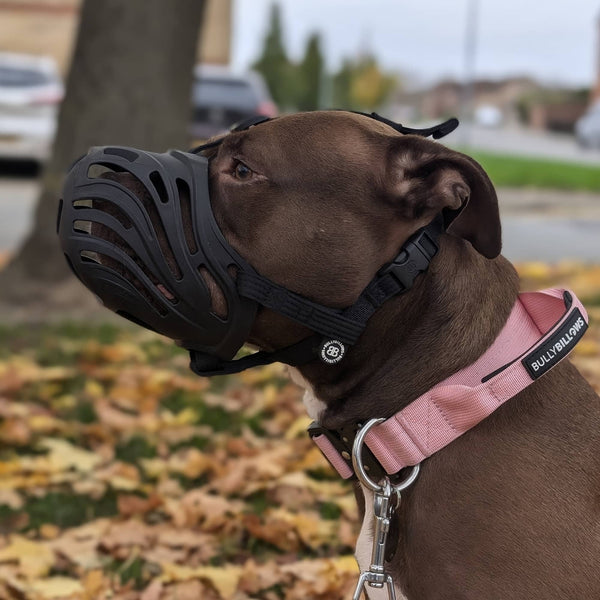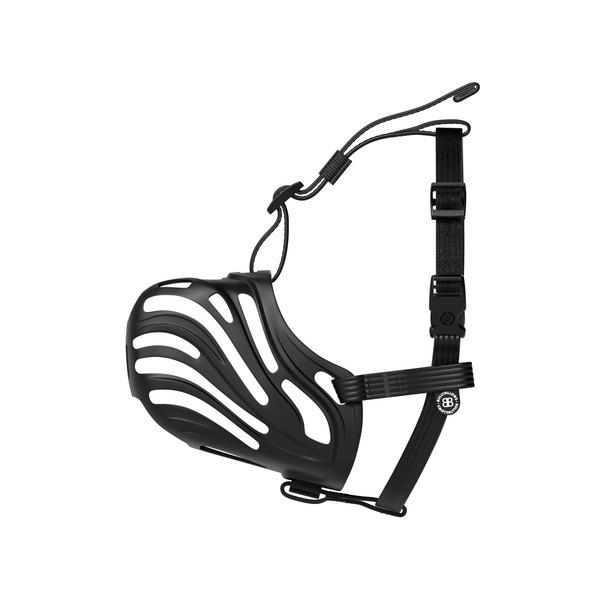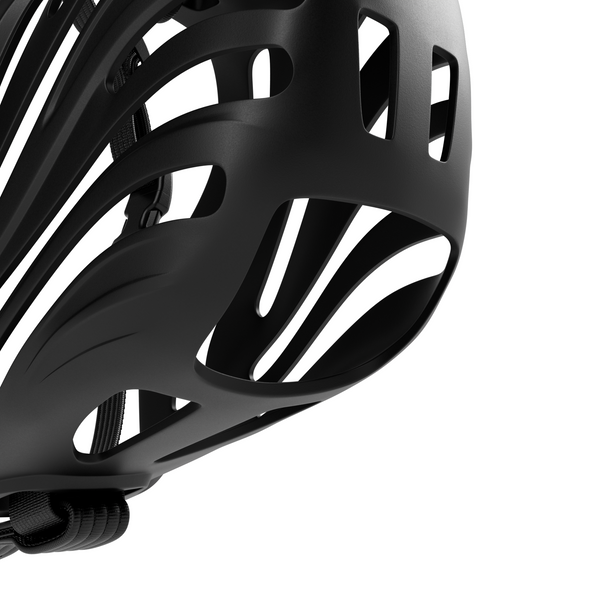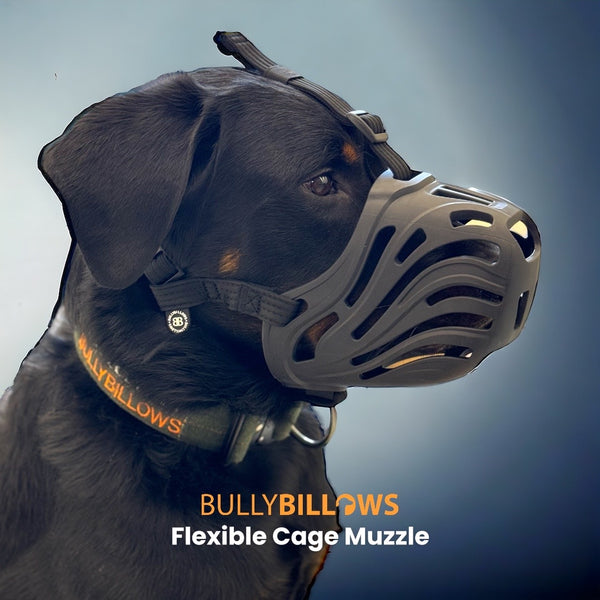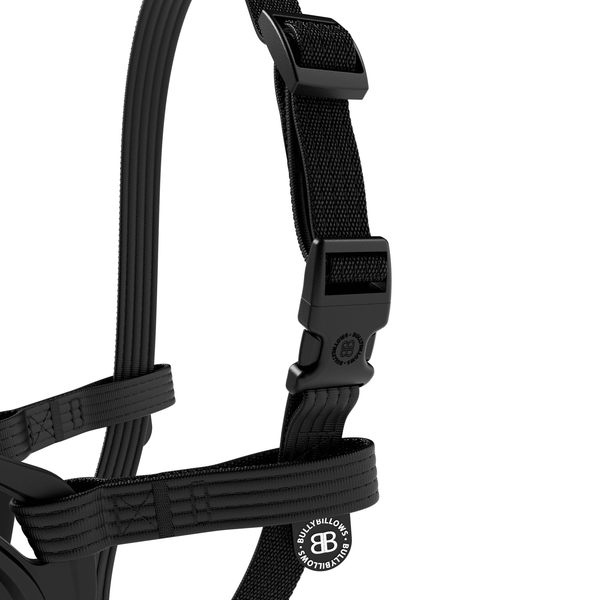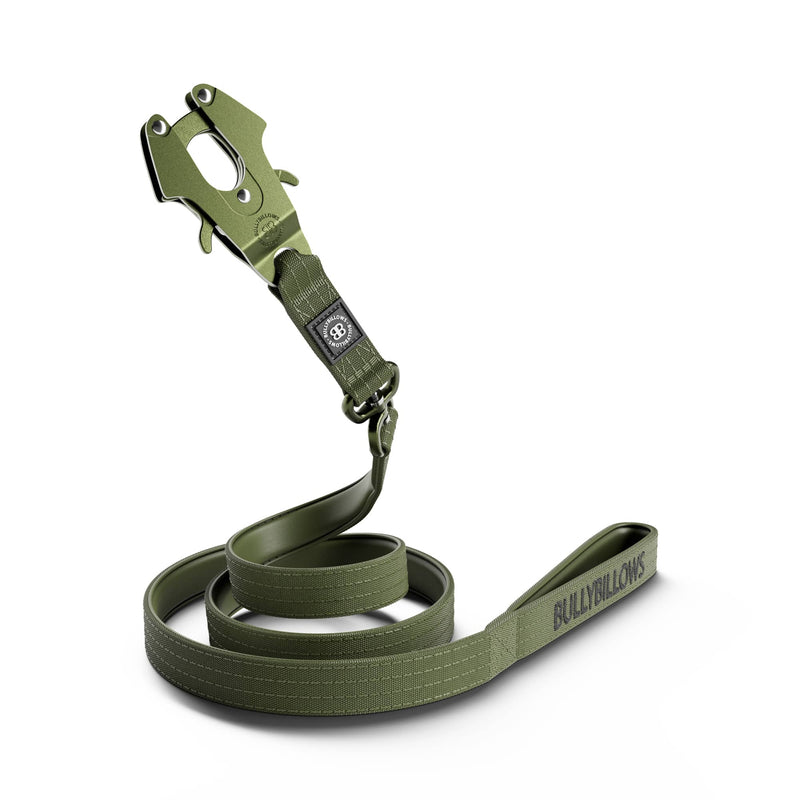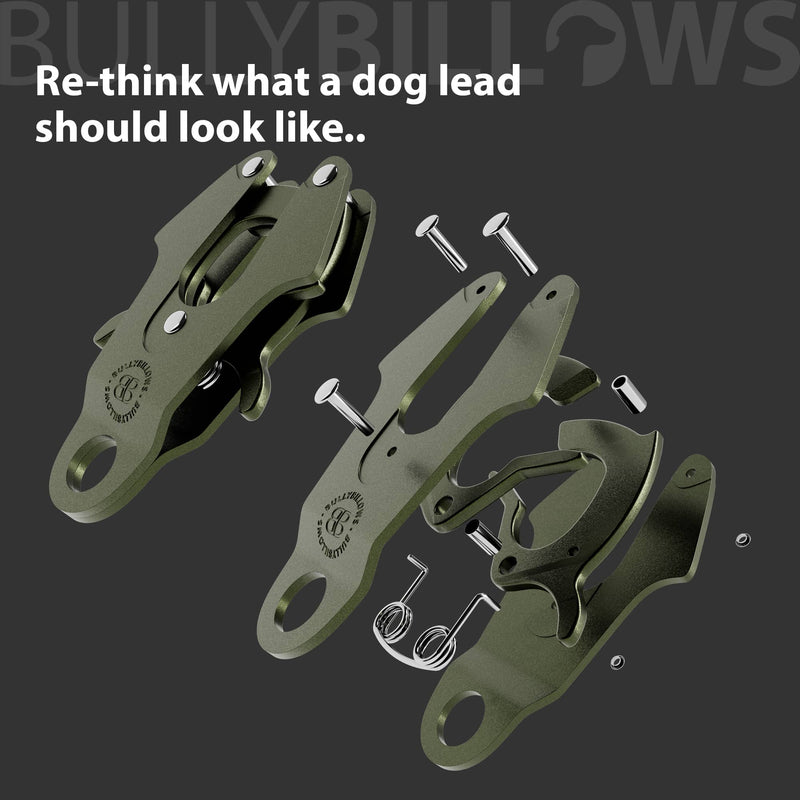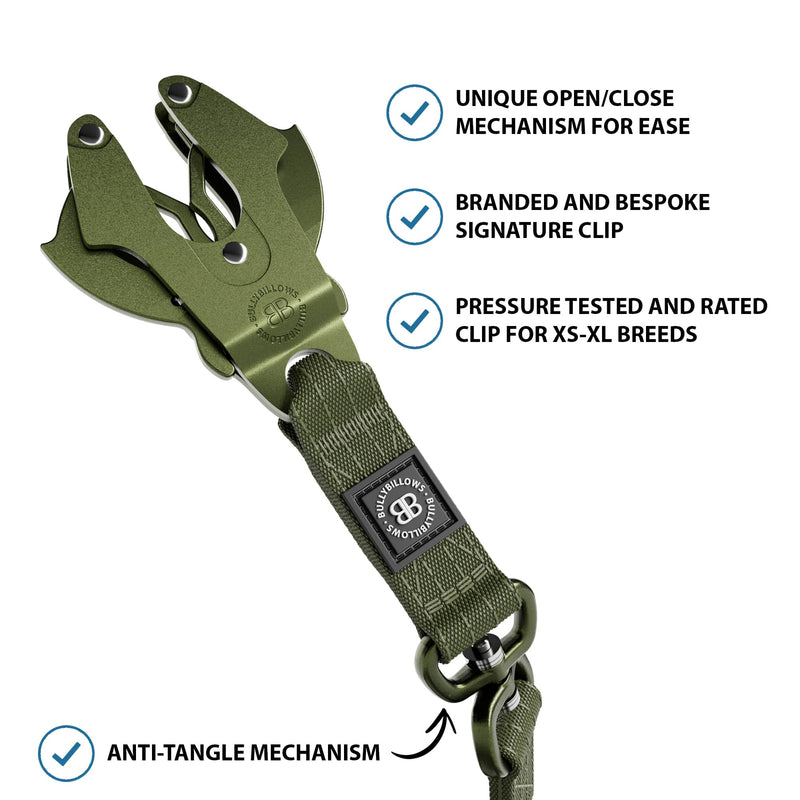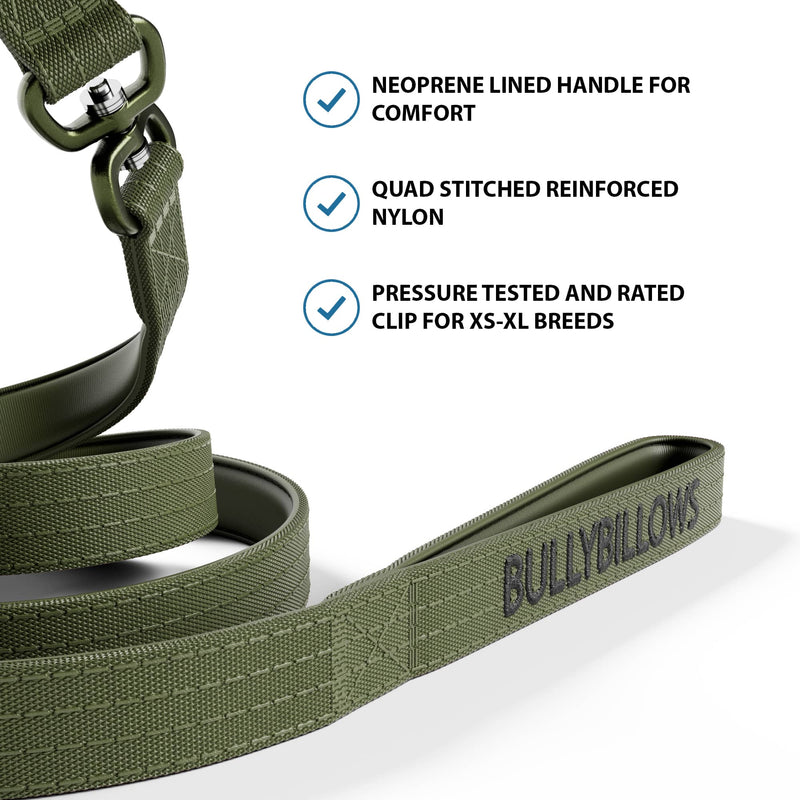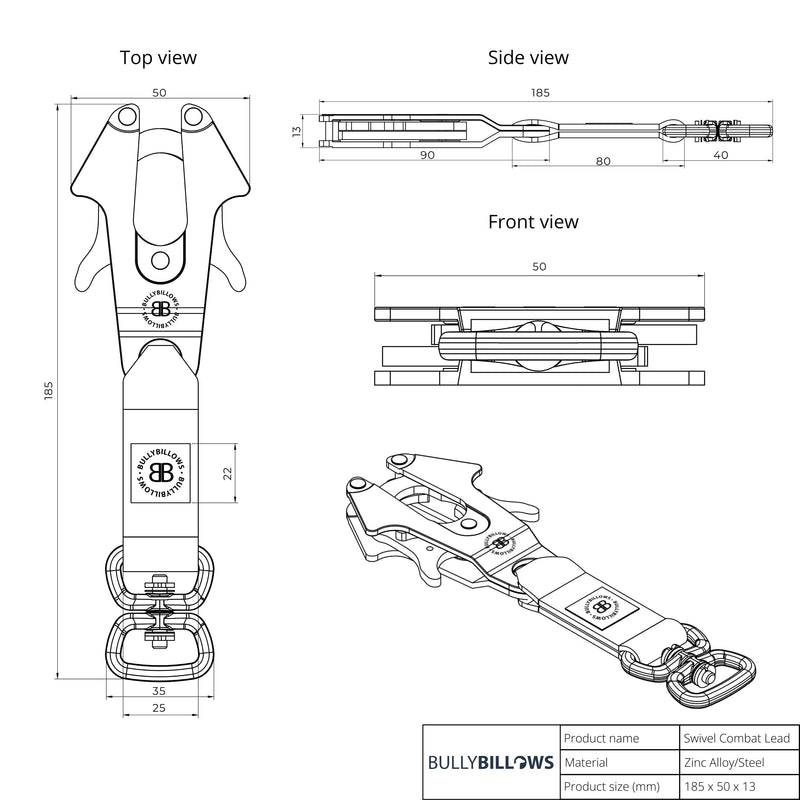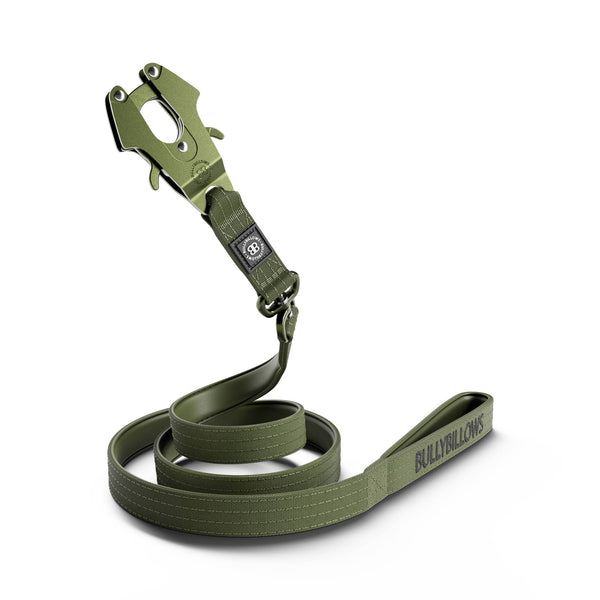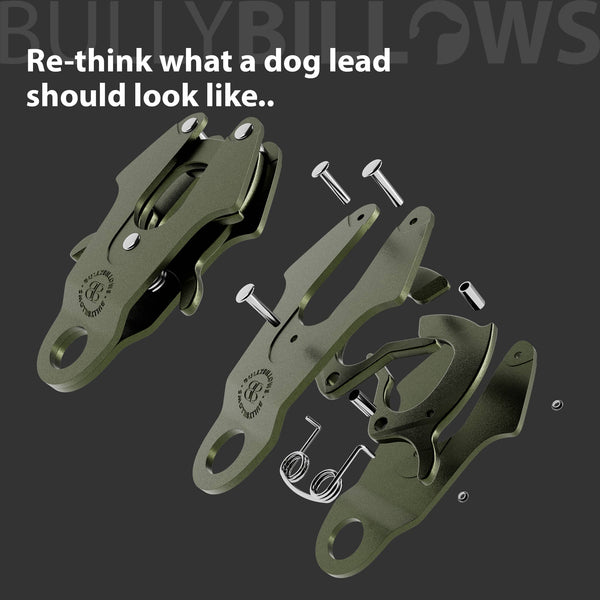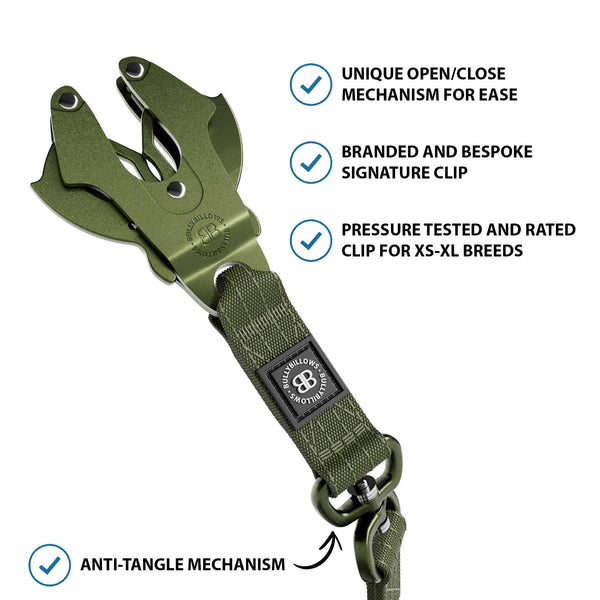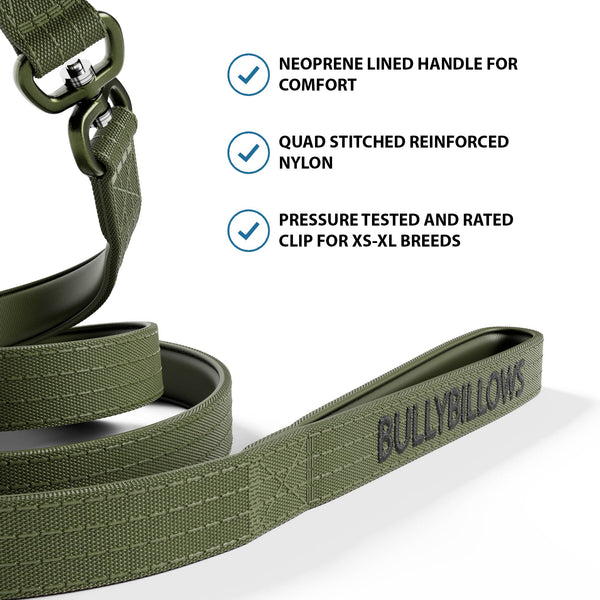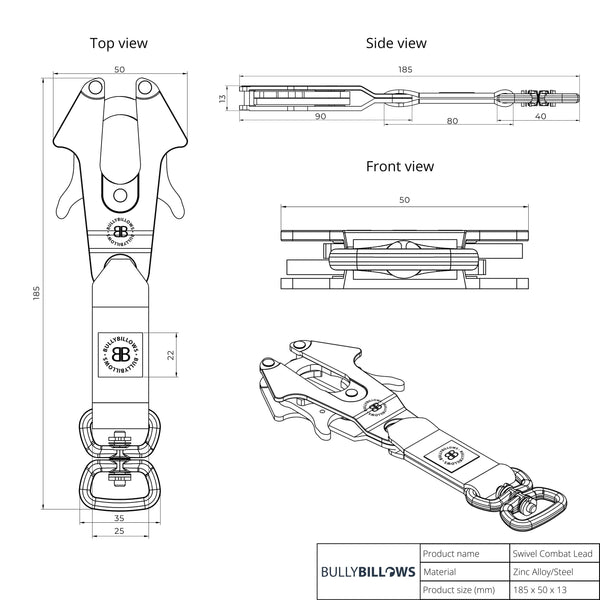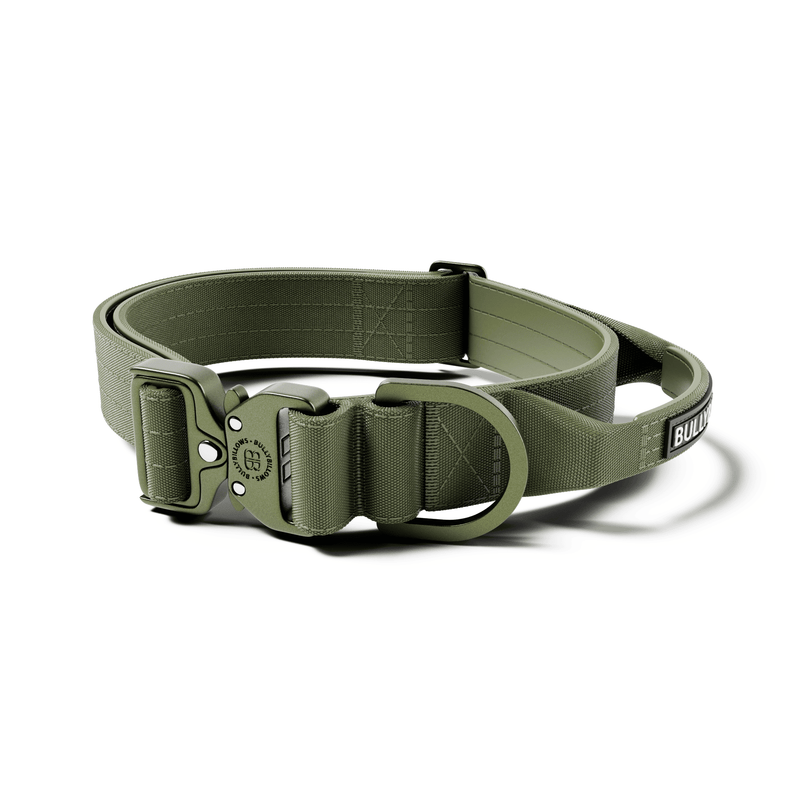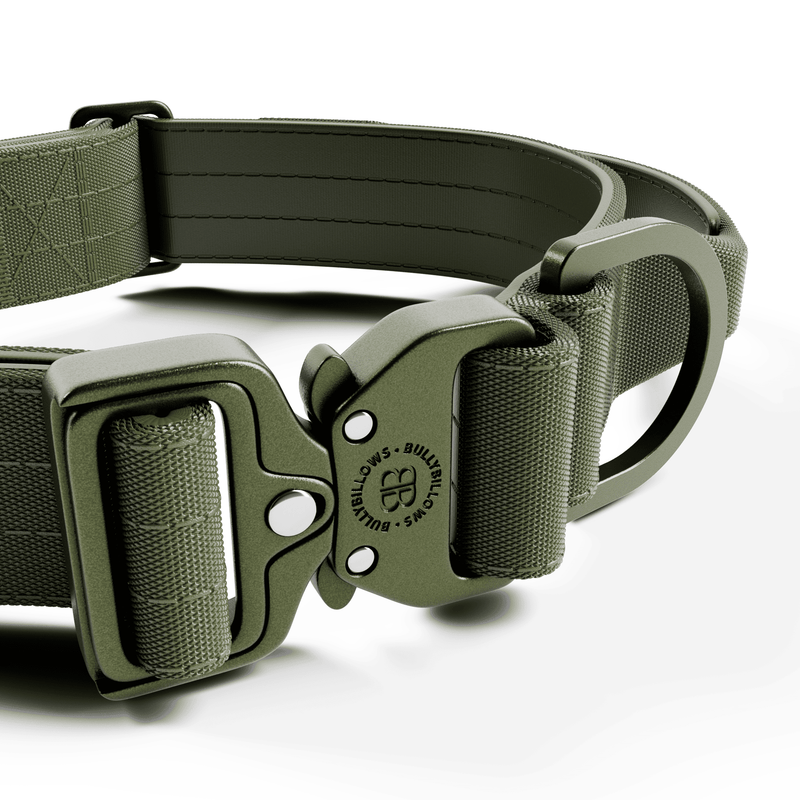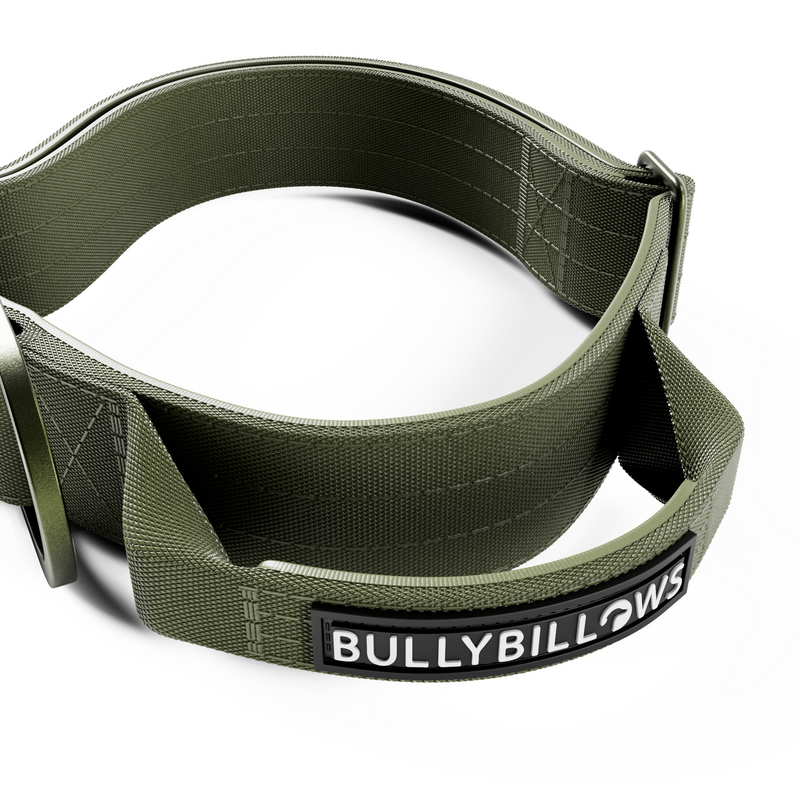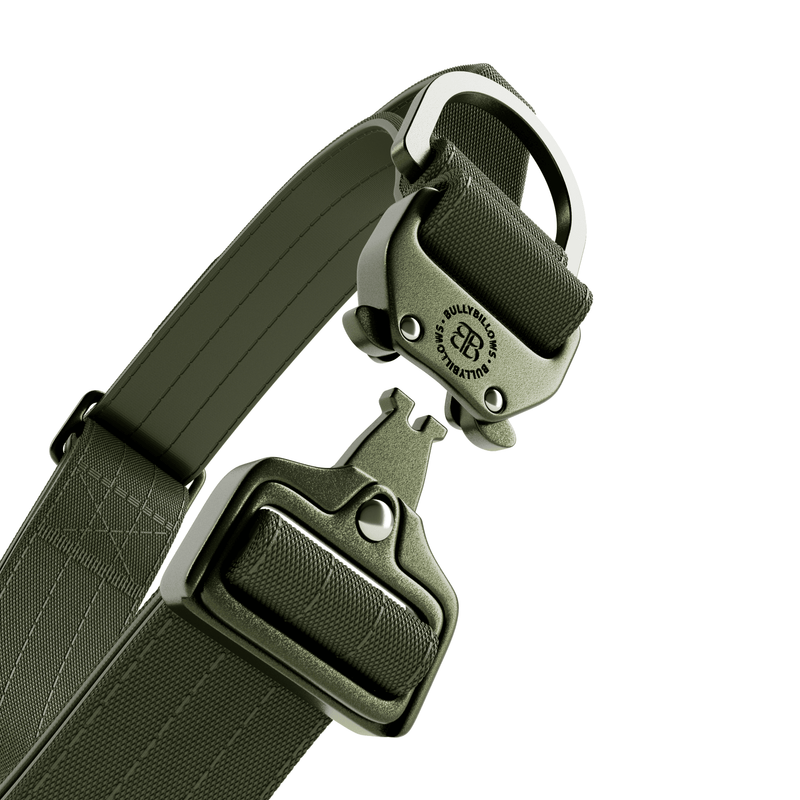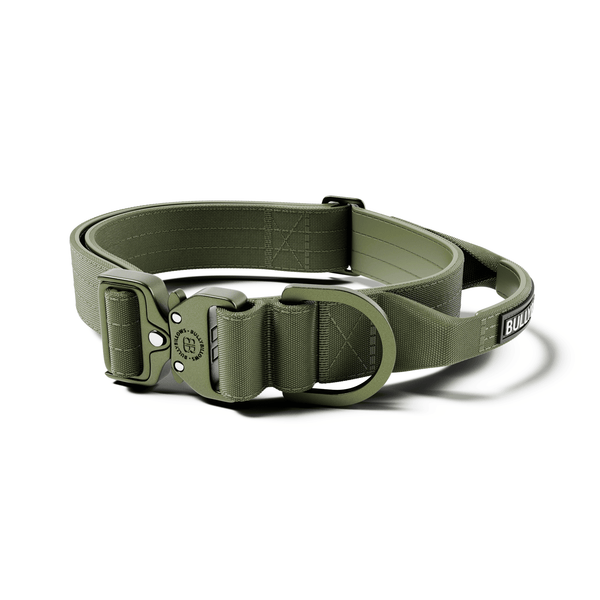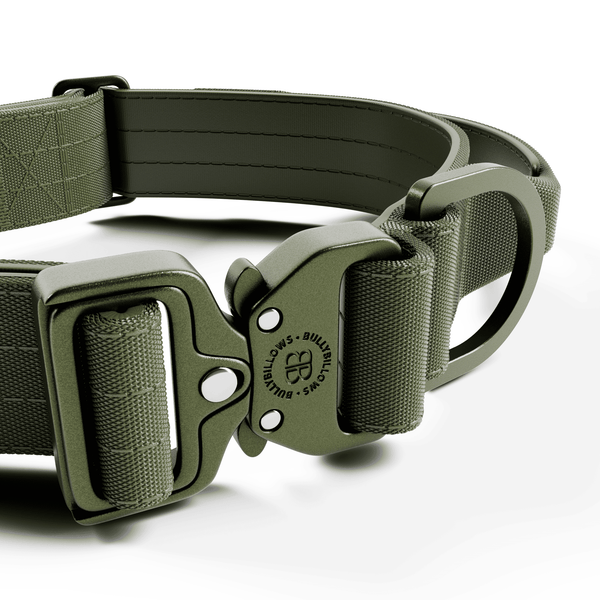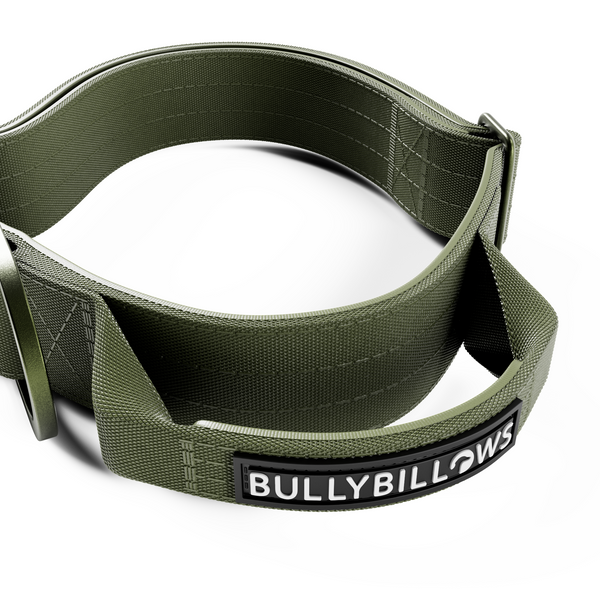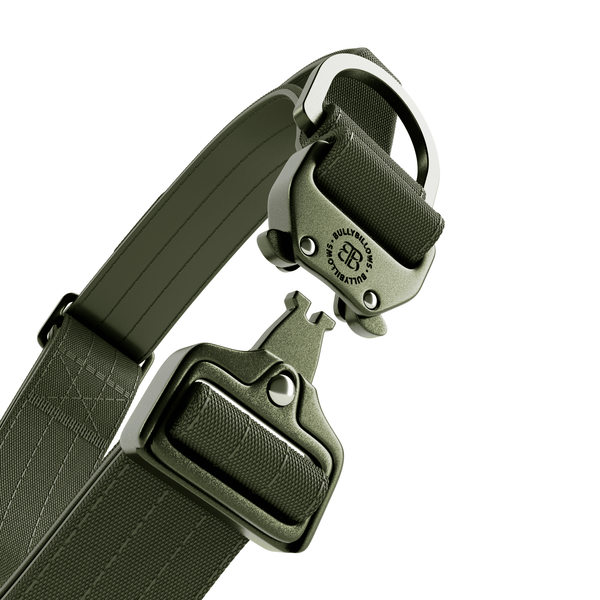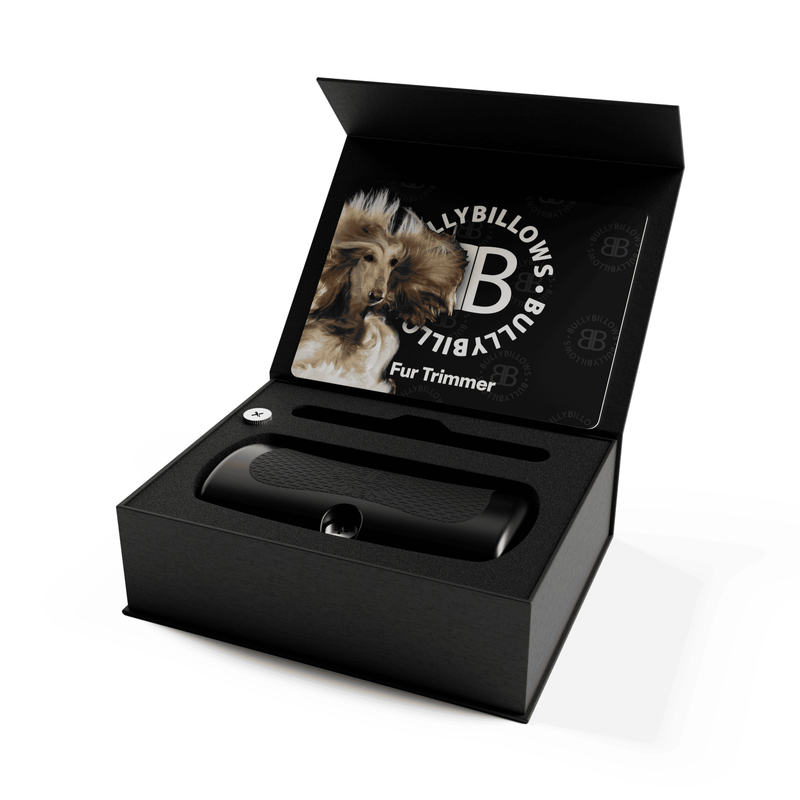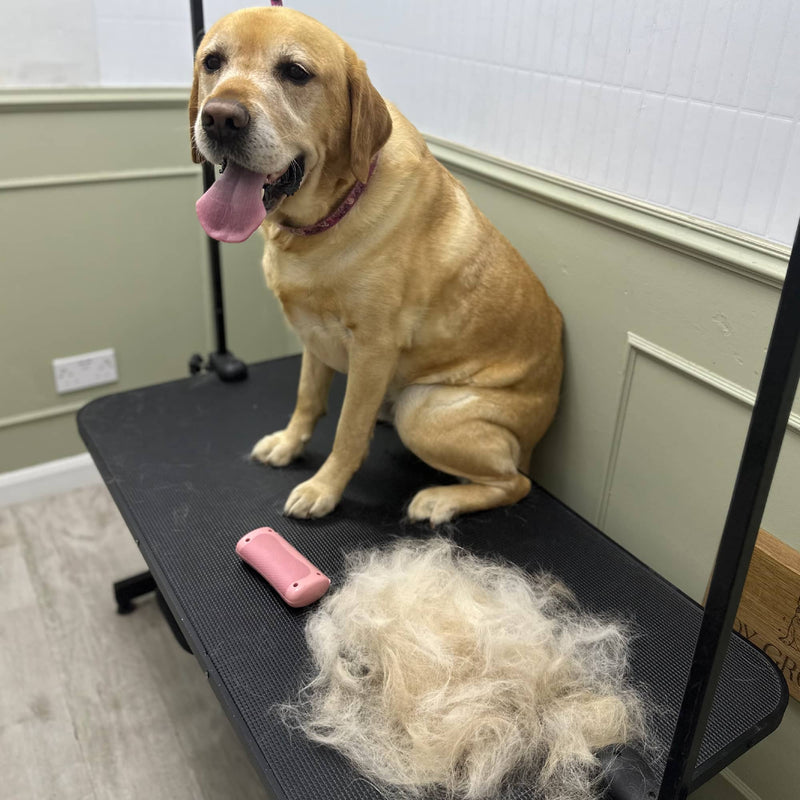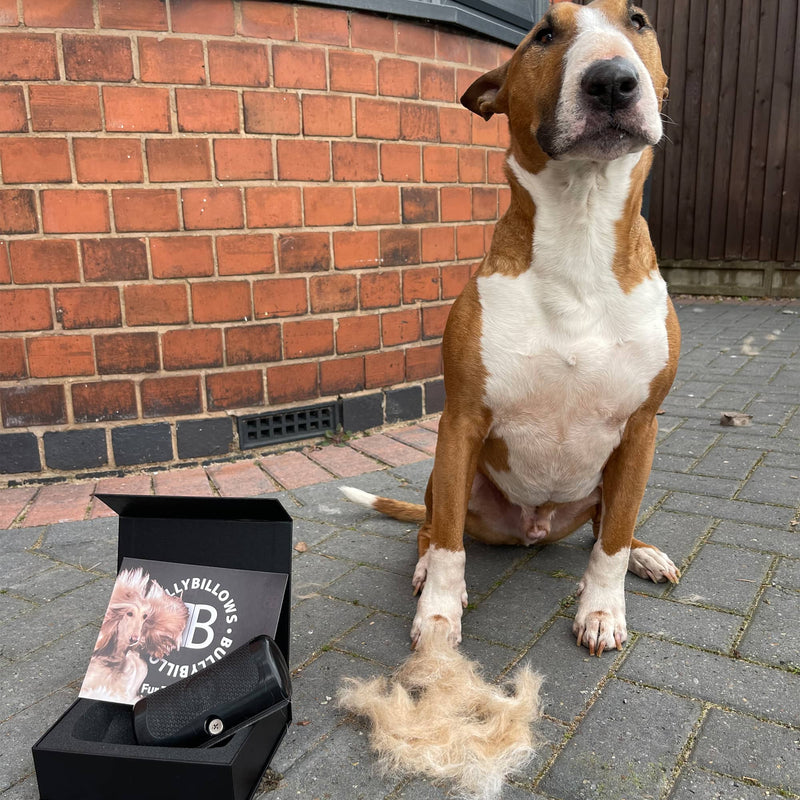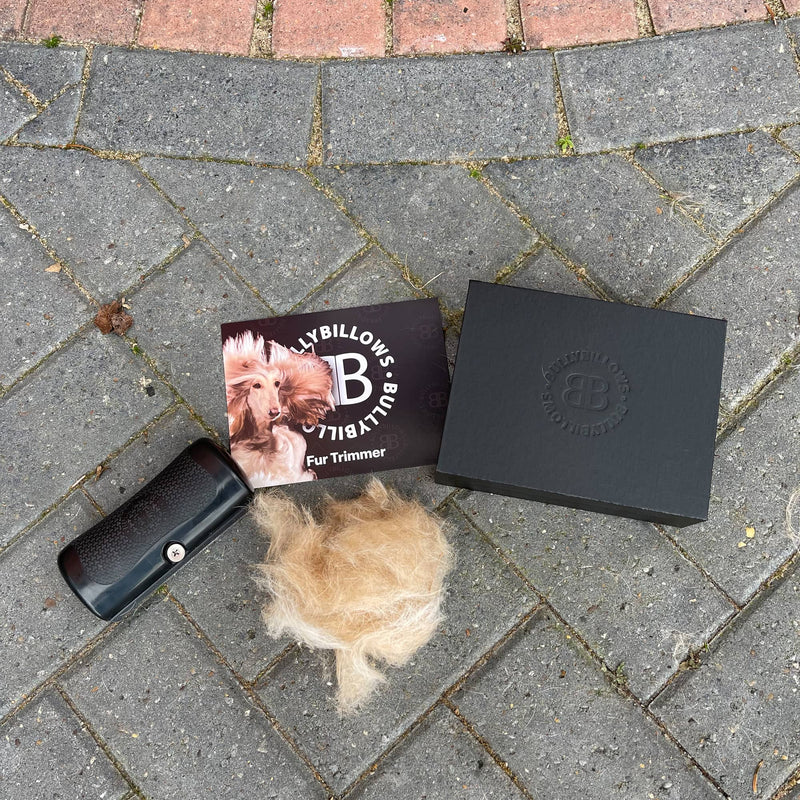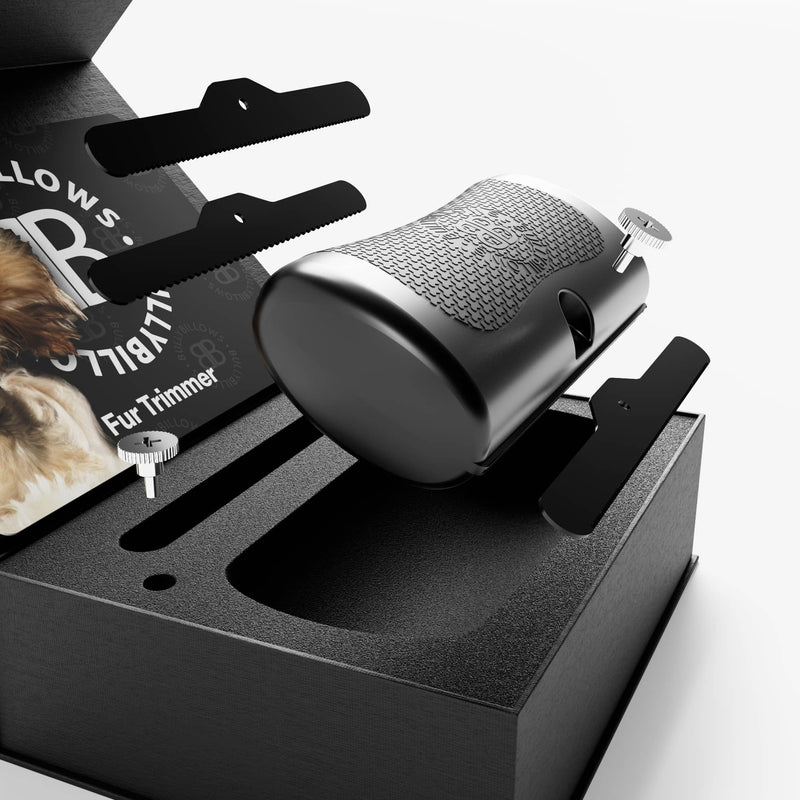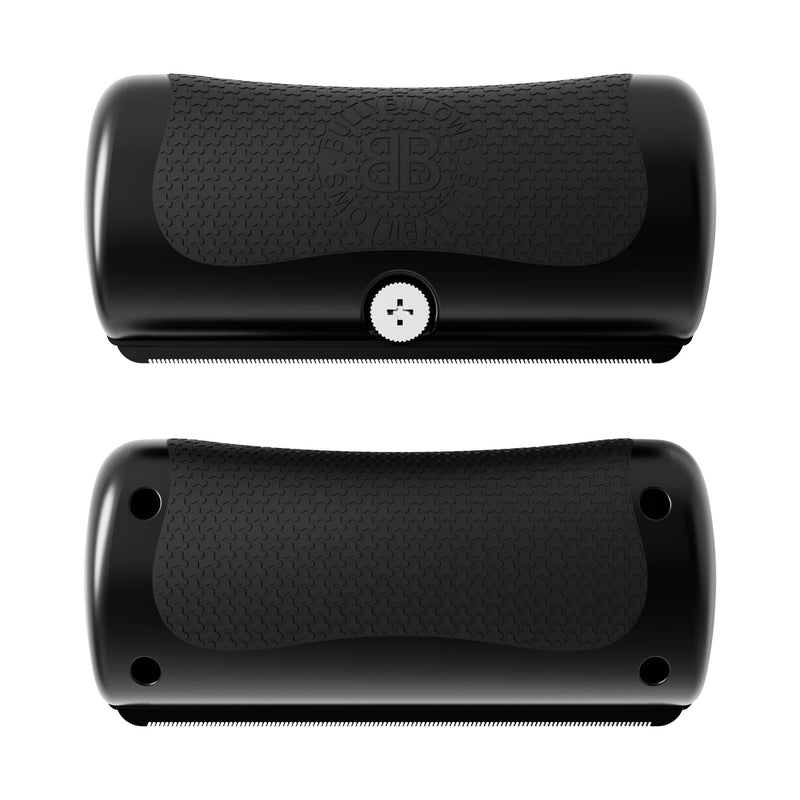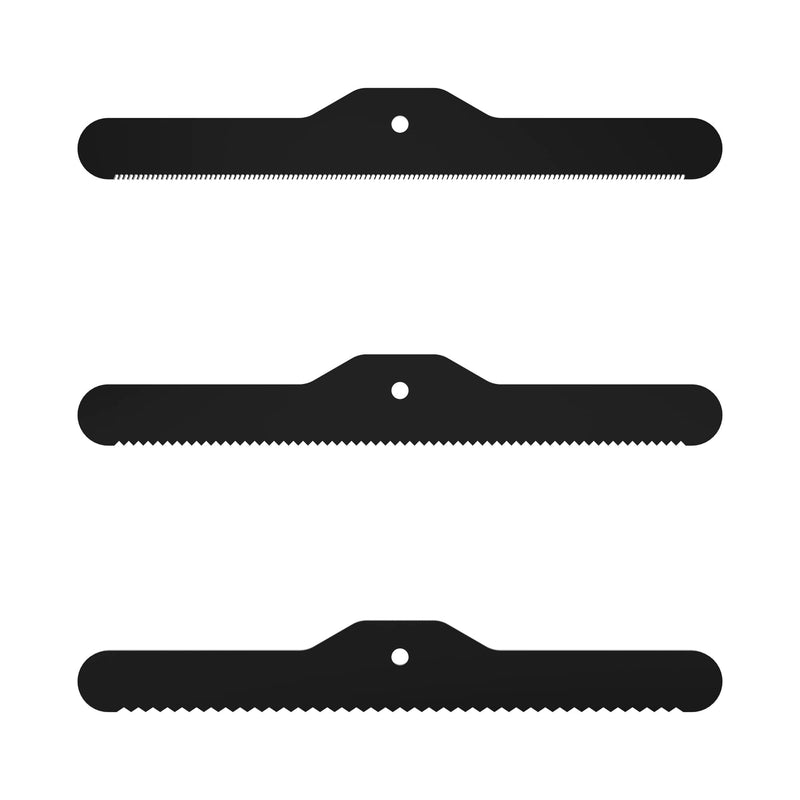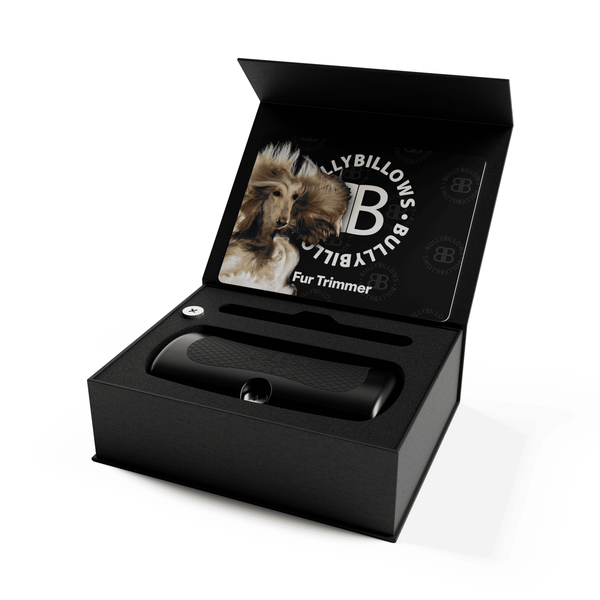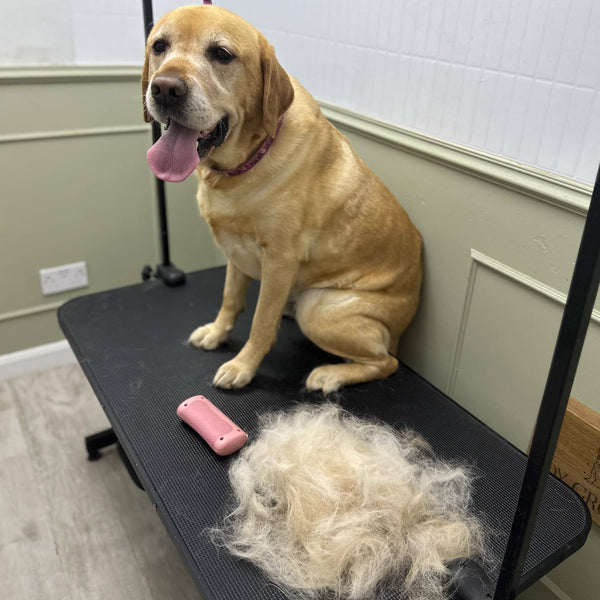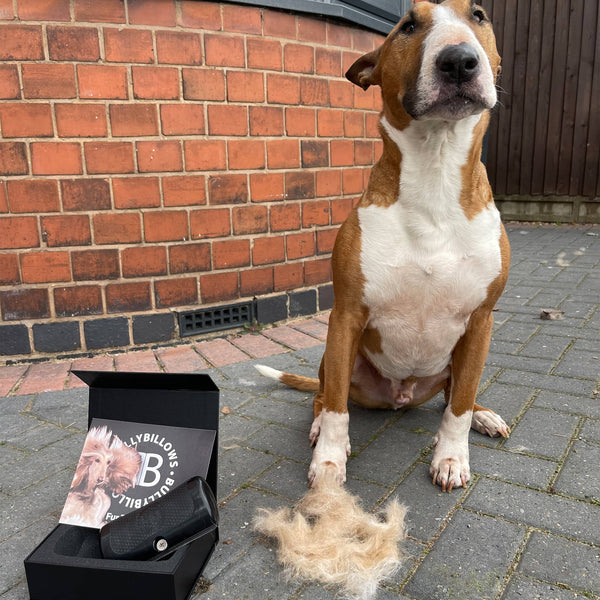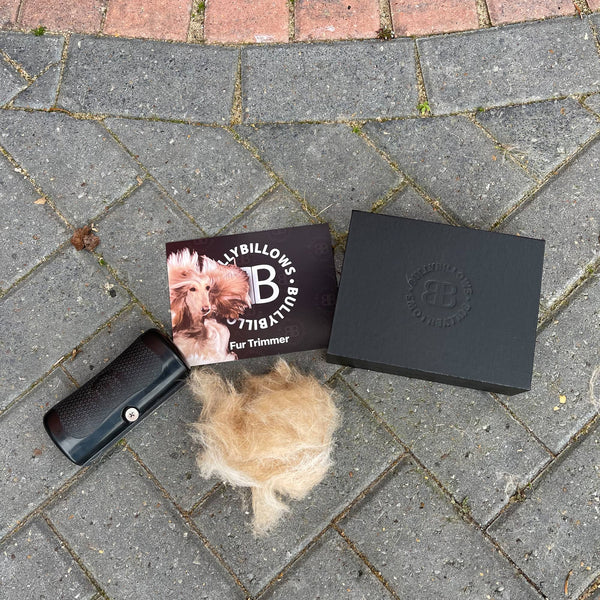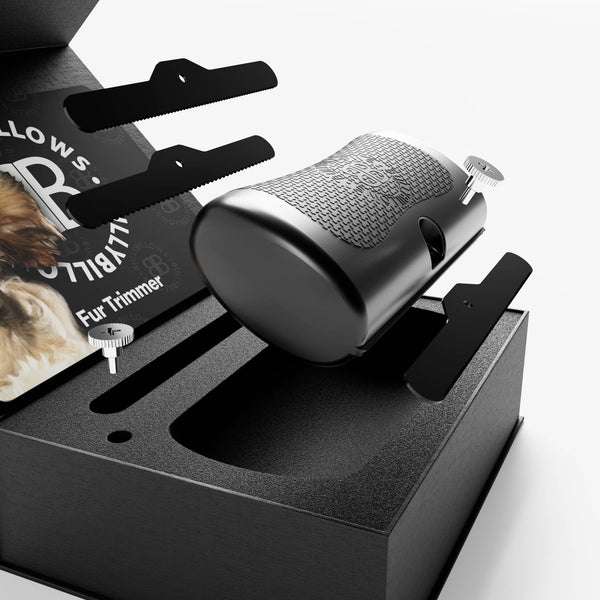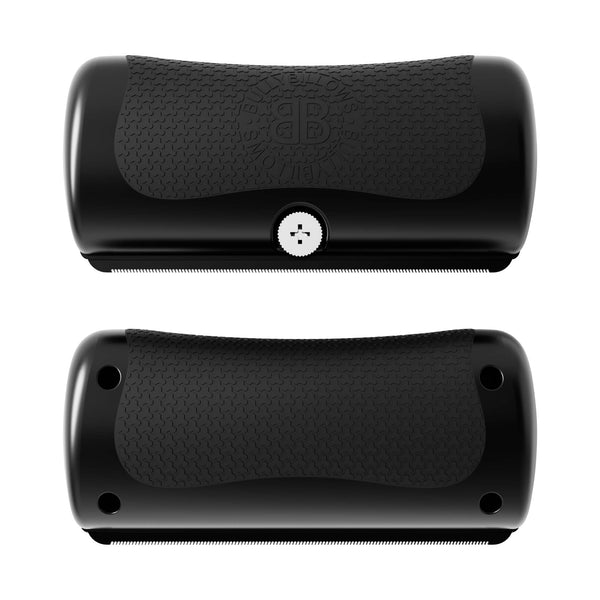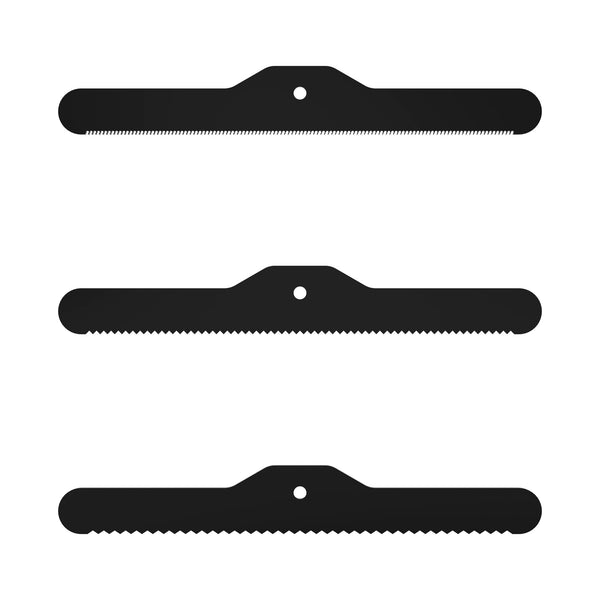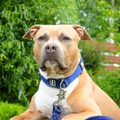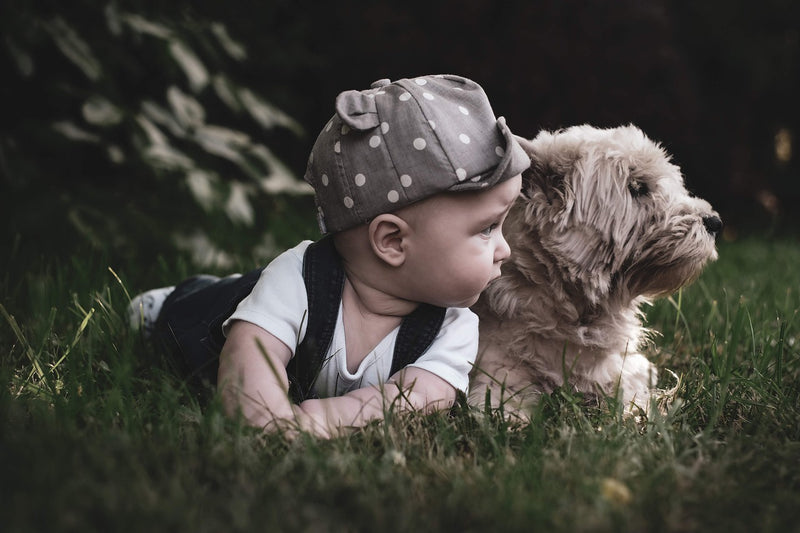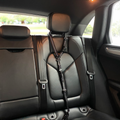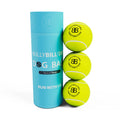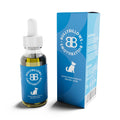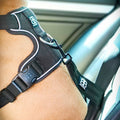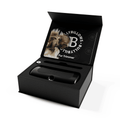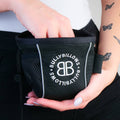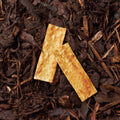Never work with children or animals, that’s the saying, right? Well, what if your home occupied both?
As magical as a bond between your child and your dog sounds, it doesn’t come naturally. Dogs can be apprehensive around small children, or worse, afraid of them.
So, if you have a toddler or young children at home, you need to train the dog and teach your child how to behave appropriately around one another.
Tips for building a strong bond between your dog and your children
Now, let’s explore the best things to do to ensure your pup and child become the ultimate duo – in the safest way for both.
Key tip: Establish and enforce rules for both your child and dog. For example, do not jump on the dog, hug the dog tightly, or bother the dog while it’s eating or sleeping.
Supervise your dog and child’s interactions
Leaving an untrained dog and children in the same room unsupervised can go wrong in a million different ways. Neither of them can understand or make room for each other’s needs.
Instead, ensure you introduce your dog or puppy to your children in a positive way. Puppies between 8 and 16 weeks are comfortable socialising. Try starting around this period.
If your child and dog are playing together, keep a close eye on the interaction. Ensure that the play doesn’t become too rough and that both parties are enjoying themselves. Dogs and children love to play, making sure they can do so safely is a must!
While being present for all interactions between your child and dog, provide your dog with a safe space where they can retreat if they feel overwhelmed. Ensure your child understands not to disturb the dog when it’s in its safe space.
Teach your dog obedience training
Some dogs get comfortable around kids on their own. But others need to be trained to ensure the safety of your young ones. Command training is the best way to begin.
Teach your dog to follow the basic control commands: sit, down, and let go.
For example, if your puppy jumps up around your child or tries to kiss them, the sit command will help you direct more appropriate behaviour.
They should, in time, understand what they can and can’t do around your child.
Teach your child how to treat dogs
Empathy doesn’t often come naturally to young children. They may see your puppy as a toy and behave like it’s not a living being. It’s not only wrong but can also aggravate the pup. So, set some ground rules, such as:
- If a dog is in a crate, don't disturb them.
- It's not okay to tease a sleeping or eating dog.
- Do not pull a dog's ears, tail, or any other part of its body.
- Don’t hug dogs without supervision.
- Never bother a dog while they’re chewing a bone or a toy.
- Do not approach a dog while they are eating.
You can also teach your kids your dog’s body language and vocal communication signs.
Crate train your dog
Keep in mind that your dog might not always want to interact with children. Train them to go to their safe space if they want a break. Their crate is the most suitable option.
A crate can provide a sense of security and reduce anxiety for dogs, especially when the household is busy or noisy. This can be particularly beneficial during times when the children are playing loudly or having friends over.
Teach your children that the dog’s crate is off-limits. The bonus is that dogs often do better at bonding with children if they know they have an escape route.
Crate training also helps prevent unsupervised interactions between the dog and the children. This is crucial for both safety and ensuring that all interactions are positive and controlled.
Praise your dog for being well-behaved around children
Forcing your dog to accept your kids will never work. Instead, it can become a terrifying experience for your dog, and they may end up hurting others. The best way to encourage positive interactions between your dog and your child is to use positive actions.
Show your dog that good things happen when your child is around. For example, when your dog behaves well around children, show appreciation by giving it lots of praise, treats, and attention.
Praise your children for being well-behaved around dogs
The same rules apply to your children. Teach your children that unkind behaviour is not acceptable around your dog.
Make sure your children know that pulling tales, hitting, pulling fur etc are not allowed. Explain that the dog is likely to reach and someone could get hurt if this behaviour is accepted.
A lot like praising your dog, praise your child when they are kind to your dog.
Give them time
You need to give your pup time to get comfortable around children. Soon enough, they will happily seek out the love and attention of your children and be on their best behaviour around them.
Train your dog, teach your children, and it will all be worth it!
Show your dog you love them with BullyBillows
Shop Dog Accessories today at BullyBillows, the perfect accessories for little dogs with a big attitude and always with safety at the forefront of our minds. From our Luxury Dog Walking Bag to engraved Dog ID Tags that are now required by law, we’ve got you and your four-legged friend well covered.
Explore our Dog Harnesses, Dog Collars, and of course, the best dog leads with BullyBillows. They are made to the highest standards because we know how important it is that your dogs are safe and comfortable.
For more news, advice and product-buying guides check out the rest of our blog…
Dog & Puppy Dental Care Guide | Dog Grooming and Care Guide | How To Muzzle Train A Dog


